The Xiaomi Mi Note Pro and Mi Note Review
by Joshua Ho on September 11, 2015 9:00 AM ESTFinal Words
As our first Xiaomi phone ever to be reviewed, there are a lot of thoughts to be had on this phone, more than a usual review. However, in order to discuss them we need to start by talking about what we’ve learned throughout the testing process.
Probably the best place to start is design. Xiaomi is clearly capable of creating a phone that is well designed, and it shows with the Mi Note line. The Mi Note looks incredibly well-designed for a smartphone. The front of the phone is minimal, and relatively uncluttered. The side bezels are thin, and there isn’t a lot of unnecessary flair other than a window for the light and proximity sensor, the earpiece, and front-facing camera. There is the Mi logo that clutters the front of the phone, but it’s otherwise clean. The glass is slightly curved at the edges to make it so that edge swipes feel smooth instead of a sudden edge as well, which is surprisingly rare in some phones. The use of a curved glass back cover is also awesome and Xiaomi is actually the first OEM to do this to my knowledge. It’s definitely slippery, but the in-hand feel is really much better than the traditional angular glass phones like the Xperia Z line. The fact that Samsung is following here by doing the same for the Note 5 probably says something about just how far Xiaomi has come since their first smartphone.
The next aspect worth discussing is battery life. Here, Xiaomi is right around par for the course, but the Mi Note Pro is notably worse than the Mi Note here. I haven’t personally done detailed power analysis of the Snapdragon 810, but given that the Mi Note and Mi Note Pro effectively are identical outside of SoC and RAM this is effectively definitive proof that power efficiency regresses on Snapdragon 810 relative to Snapdragon 801. It’s unfortunate too, as relatively small battery in the Mi Note means that the Mi Note Pro ends up falling below the average for phablet battery life in our testing. The Mi Note Pro is still average for a smartphone, but it isn’t as good as we’d like it to be. Overall, the Mi Note is okay here, but the Mi Note Pro ends up a bit lower than we’d like purely on the basis of SoC choice.
In display, I don’t have much to say because both displays are great. The Mi Note has acceptable color calibration, good contrast, high maximum brightness, and acceptable resolution. The Mi Note Pro has incredible color calibration, good contrast, reasonable maximum brightness, and high resolution. The only problem I can really say is apparent is that the Mi Note Pro has an obvious ITO/touch screen grid that needs to be hidden to really have a clear display, and both could have some improvement in viewing angles to really get the painted-on-glass effect. Of course, the only phones that really have this effect are few and far between so it isn’t worth crucifying Xiaomi for this.
In system performance, the Mi Note and Mi Note Pro are both solid performers. With the use of updated drivers, the Mi Note Pro actually starts to approach the Galaxy S6 in GPU performance. The Snapdragon 810 SoC does offer real benefits to performance over the Snapdragon 801, and it seems that Xiaomi has managed to keep the Snapdragon 810 from getting the phone excessively hot through some major engineering effort in thermal dissipation. The Mi Note is also capable of performing well at almost any task given to it, but the excessively conservative governor hurts performance in a lot of situations. The continued use of Android 4.4 as a base also means that real-world app performance isn’t as good as it would be on Lollipop due to the use of Dalvik instead of an optimized ART. NAND performance for both is also decent and comparable to some flagships, but not record-setting.
MIUI will probably be the most controversial aspect of this phone, but for a complete rethink of Android UI design it’s really quite good. I would easily argue that MIUI is the best Android skin of its kind, by far. The UI is definitely well-designed, with great apps and features for a good out of the box experience. It isn’t perfect though, with some clear iOS inspiration at times and some odd design choices at others. However, I found the UI to be perfectly usable with great features like a built-in permissions manager, autorun management functionality, and fine-grained display controls. There’s a surprising amount of attention to detail that you wouldn’t expect from a phone that costs less than most flagships, and the whole UI runs smoothly with few frame drops even on Android 4.4 for the Mi Note. For areas like China where MIUI is well-established, visual voice tree navigation is actually an incredibly smart feature and deals with a UX problem that I never really thought about before, which is that automated voice tree navigation systems are terrible on a smartphone when you have to constantly take the phone away from your ear to press a number before putting it back to your ear.
The camera isn’t necessarily mind-blowing, but Xiaomi has done a respectable job here. For the most part, Xiaomi isn’t too far off from Android flagships in camera performance, and with some tweaks to their post-processing they could easily end up competing with the best cameras available in Android and iOS smartphones. The video performance isn’t amazing either, but in some cases Xiaomi actually does things even better than the Galaxy S6. 1080p30 performance could definitely be better and stabilization in general could be improved, but other than I don’t have too much to complain about other than the curious absence of 1080p60. The iPhone 6 is still better at slow motion video than pretty much every other phone out there, but the Mi Note isn’t far off from the iPhone at 120 FPS.
Other than the standard aspects of smartphone testing, it’s well worth noting that the Mi Note line is incredibly good for GPS location and the speaker is mind-blowingly loud. Although the speaker is just a single downward firing one mounted next to the USB port, it’s loud enough on both phones to actually be uncomfortable at max volume. I regularly have to keep the Mi Note and Mi Note Pro at half volume when watching videos because of how loud they can get. WiFi performance is also resonable.
I normally don’t really talk about value of a smartphone, but that’s because to me the most important part first is that the smartphone is good, regardless of price. Obviously, there are no bad phones, just bad prices. However, to me I feel that a good phone will feel that way regardless of price, although obviously if it’s far too expensive then it wouldn’t be a good recommendation. The Xiaomi Mi Note and Mi Note Pro are both great phones that I can directly compare to other flagship smartphones today regardless of price.
There are phones on sale today for 500-800 US dollars that are arguably worse than these two phablets, but these phablets cost hundreds of dollars less. OnePlus talks about how they intend on killing high-end flagship phones, but it seems Xiaomi is the OEM that is actually doing this. With the OnePlus One, I felt like there were a number of areas that lacked in polish and attention to detail, but given the great pricing these problems could be overlooked.
But with the Xiaomi Mi Note, I feel like there is great attention to detail and polish and with great pricing. My experiences with the Mi Note line has also made it clear to me that Xiaomi is not the Apple copycat like most people seem to believe. However, Xiaomi’s attention to detail is definitely Apple-like.
Given the pricing and quality on offer, I’m starting to understand why so many OEMs struggle to compete with Xiaomi. If I were an Android OEM, I’d be genuinely terrified of Xiaomi making inroads in Europe and North America. As a consumer, I am waiting to see them launch a phone in the US.


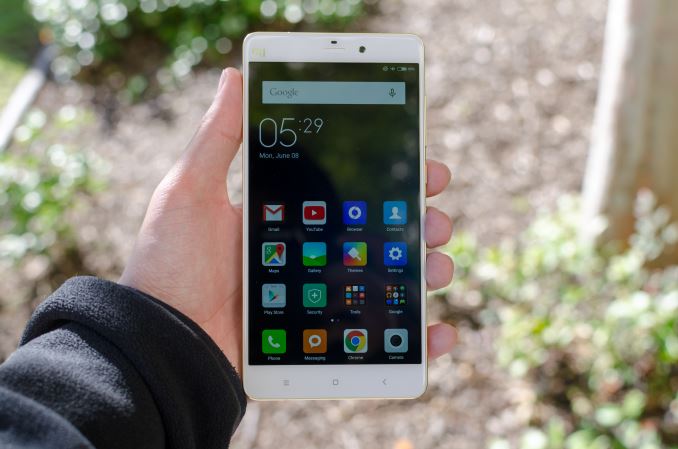
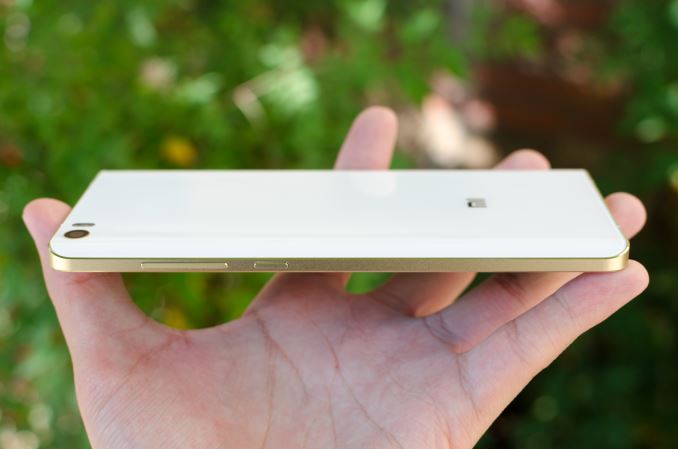
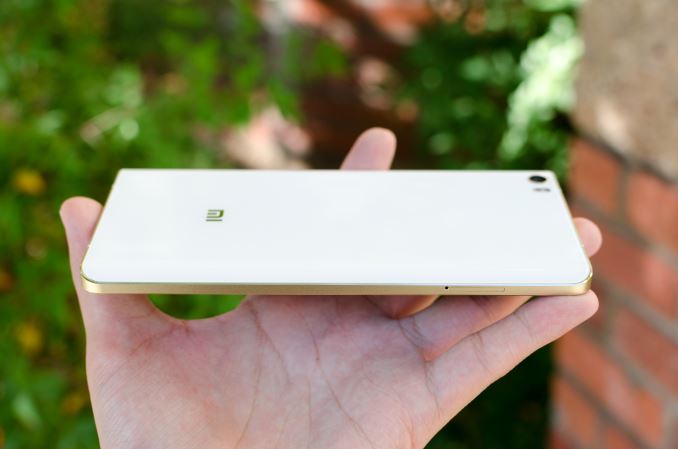
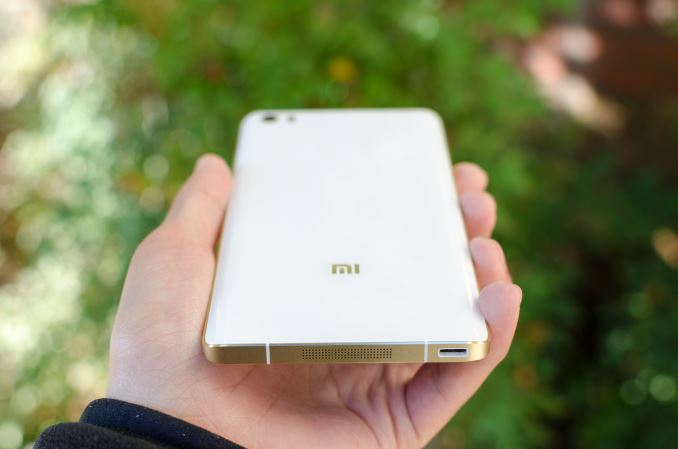
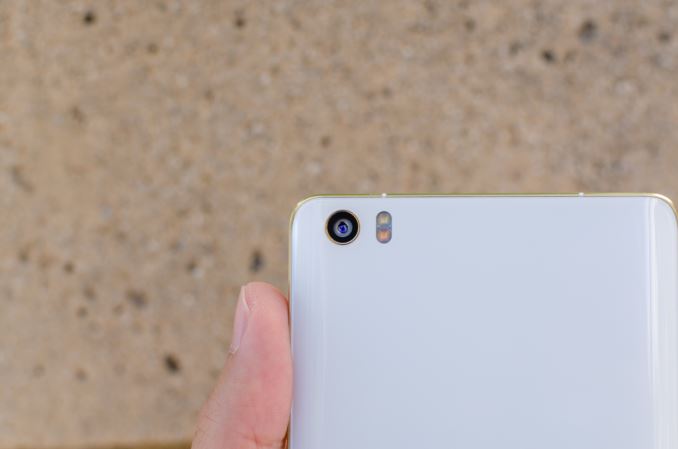
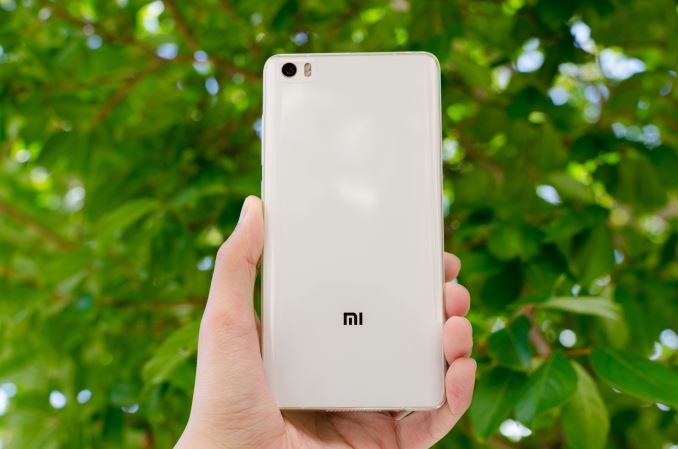








94 Comments
View All Comments
prisonerX - Saturday, September 12, 2015 - link
Why would anyone care about that?Did you just discover that China is a communist/authoritarian?
sonny73n - Sunday, September 13, 2015 - link
WTF is wrong with you people? Is capitalist better than communist? How about Saudi Arabia - our "ally"? Stop mixing politic and nationality with tech. FYI more than 80% of products in the U.S. are made in China that included the beloved iPhone. Oh iPhone which costs ~$210 to make but priced at $650. How's that capitalism for you? So please keep the politic bs and racial comments at CNN, Fox or whatever fake news site you like. This is a tech site for God's sake.Yaru - Sunday, October 4, 2015 - link
I'm not a big fan of the a Chinese government and some of their internet policies.......but so what? It's a review of a product not some geopolitical analysis.Also while it's nowhere near the same level, the US government DO give subsidies companies (though tech industry isn't one of them). All goventments gives out subsidies to one degree or another.
Also, where do you think a lot of tech companies manufacturer their products? Those savings from the cheap labor, where do the profits goes? Back to US tech companies.
Penti - Friday, September 11, 2015 - link
I don't see what's up with all the whining, these devices are not sold in Europe by retailers and distributors or by operators. Through their sales in China it's one of the big five brands though. Nobody whines when it comes to Oppo or OnePlus reviews.soccerballtux - Saturday, September 12, 2015 - link
'for those who don't spend their whole lives reading about this'--LOLanother good review, thanks. impressive phone...bit worried about where my data gets stored (Chinese Clouds are polluted with government eyes), no microSD, and thankfully this doesn't have NFC or Qi so I'm less tempted to purchase, but wow does that have a refined look or what...
Penti - Saturday, September 12, 2015 - link
I only saw local and Google as options in the pics. I'm pretty sure you can use it without a MI account, and thus nothing syncing to the "MI Cloud".BMNify - Saturday, September 12, 2015 - link
Mi cloud is opt-in and Xiaomi has migrated its Mi cloud servers to Singapore and India for the International customers and it is handled by Amazon Web Services, here is the link to AWS itself talking about Mi cloud: https://aws.amazon.com/solutions/case-studies/xiao...Penti - Saturday, September 12, 2015 - link
I'm pretty sure they have removed the option to sync app data to MI Cloud any how. No need to sync contacts, calendar or photos to the Mi Cloud if you don't want to either.aces170 - Saturday, September 12, 2015 - link
AT nice to see a review of a xiaomi phone, with the usual in depth perspective. You do have a lot of readers here in India, and we are glad you covered for the region. I don't understand the north American contempt for anything Chinese, especially since everything they use is made in China. Xiaomi is a good brand so far, as Joshua pointed out having the attention to detail that is lacking in Android world. I think you could have covered the audio bit more in detail as note pro shines in that department.Margalus - Saturday, September 12, 2015 - link
Most of it was not contempt for anything Chinese. Most of the complaining is simply because you have read thru lots of pages of details and reviews before you find out that this phone will not work with any carrier in the USA. That is the problem. Somebody asked for them to put a sentence in saying this at the beginning and then the comments fill up with arrogant Europeans screaming about "muricans" and their entitlement attitude. This is, and always was an American website. So if they start reviewing things that won't work in America, it's pretty simple to just say that at the beginning so that people don't waste their time reading about something that they can't use.They can also do the same if they review something for America that won't work in Europe or Asia so that people from those areas don't have to waste their time if they don't want to.